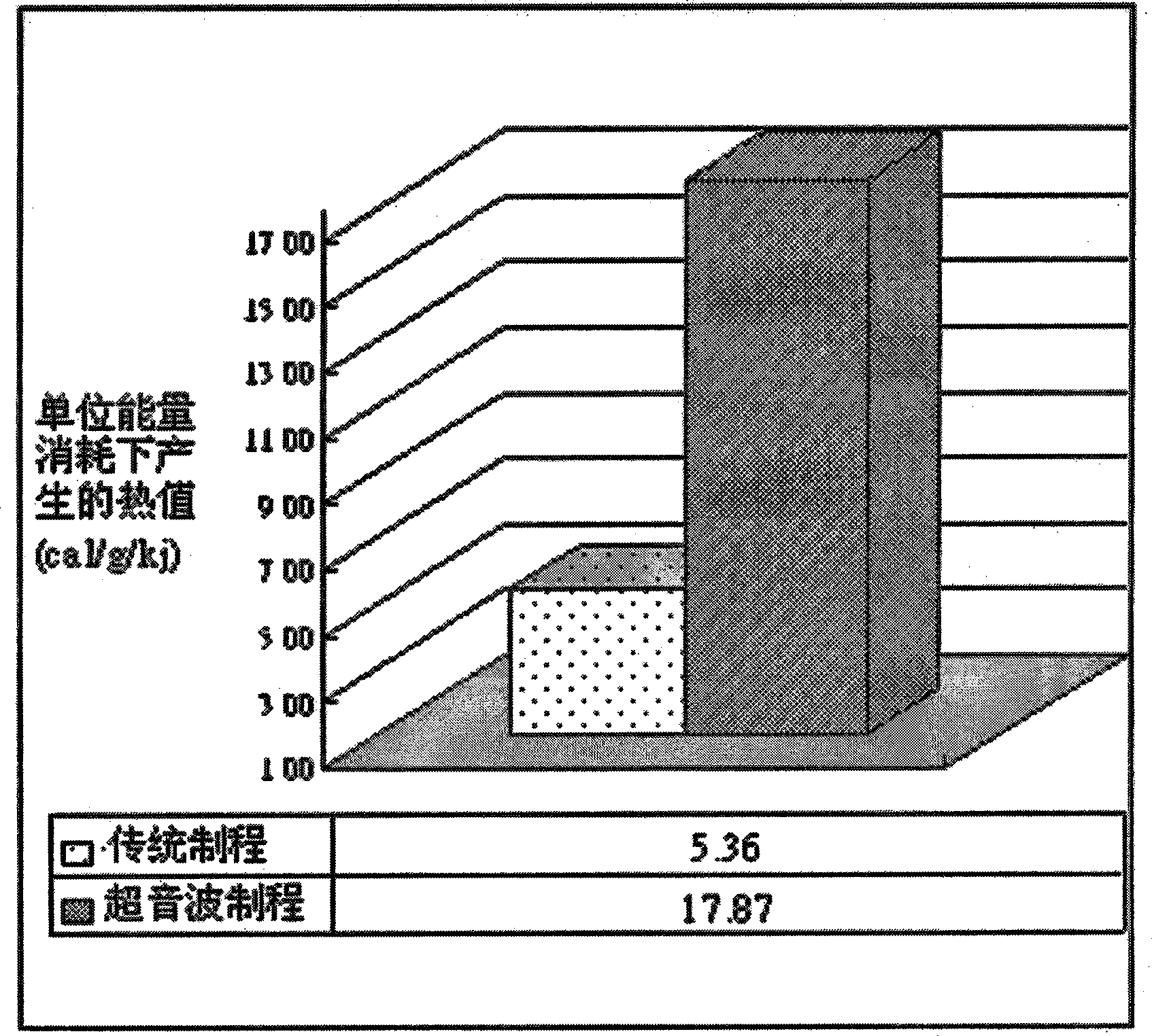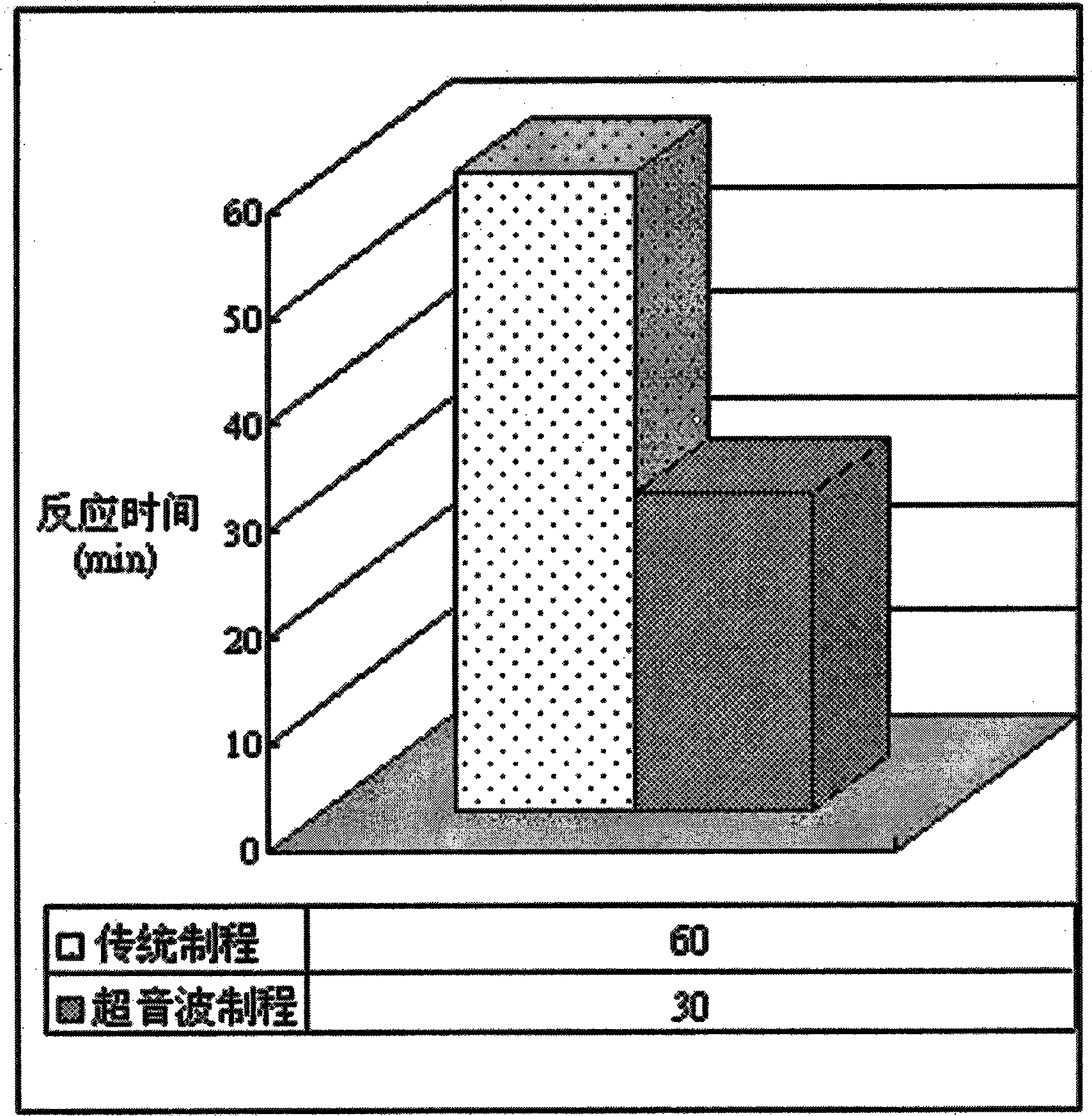Supersonic reaction procedure of Bio-diesel extraction technique
A biodiesel and ultrasonic technology, applied in the field of refining technology, can solve the problems of increasing the reaction cost, difficult enzyme cultivation, and increasing the risk of the process, so as to achieve the effects of increasing the production capacity and shortening the reaction time.
- Summary
- Abstract
- Description
- Claims
- Application Information
AI Technical Summary
Problems solved by technology
Method used
Image
Examples
Embodiment Construction
[0020] Figure 5 It is a flowchart of the ultrasonic reaction process, and its implementation steps are as follows:
[0021] 1. Measure oil and alcohol in a certain molar ratio.
[0022] 2. Take a test amount of basic catalyst.
[0023] 3. Pre-dissolve the basic catalyst in alcohols.
[0024] 4. Pour the oil into the ultrasonic reaction container, turn on the heater to preheat the oil to an appropriate temperature, and activate the ultrasonic vibration mechanism to accelerate the oil preheating.
[0025] 5. Continue to use ultrasonic vibration, and when the oil is heated to an appropriate temperature, pour the catalyst / alcohol mixed solution into the reaction tank, and continue to heat the temperature to an appropriate temperature for transesterification reaction.
[0026] 6. Under the appropriate ultrasonic oscillation frequency and temperature response, the biodiesel and by-product glycerin can be quickly reacted within 30 minutes.
[0027] 7. Add an acidic catalyst in a...
PUM
 Login to View More
Login to View More Abstract
Description
Claims
Application Information
 Login to View More
Login to View More - R&D
- Intellectual Property
- Life Sciences
- Materials
- Tech Scout
- Unparalleled Data Quality
- Higher Quality Content
- 60% Fewer Hallucinations
Browse by: Latest US Patents, China's latest patents, Technical Efficacy Thesaurus, Application Domain, Technology Topic, Popular Technical Reports.
© 2025 PatSnap. All rights reserved.Legal|Privacy policy|Modern Slavery Act Transparency Statement|Sitemap|About US| Contact US: help@patsnap.com



